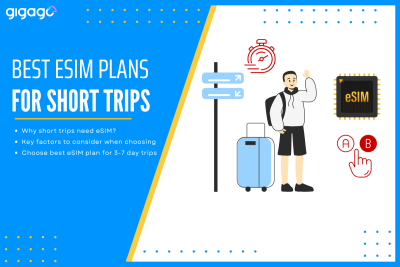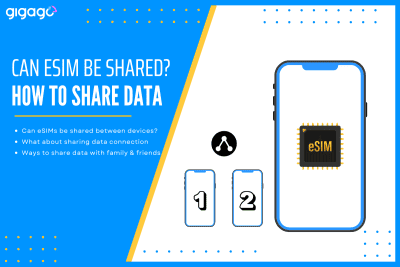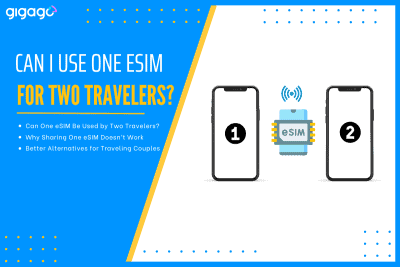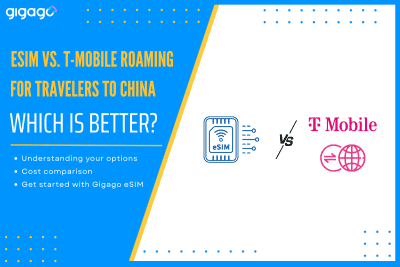Traveling for a short trip, typically for 3- to 7-days, drastically changes the rules of connectivity. The traditional solutions like expensive carrier roaming or time-consuming local SIM buying are simply impractical when time time is precious. This is where eSIMs take the picture. The eSIM (embedded because it is a digital solution that solves the […]
Do I need two separate eSIMs for smartphone and smartwatch?
Choosing between separate eSIMs for your smartphone and smartwatch is an important decision that affects both functionality and cost. As mobile technology evolves, many users are weighing the benefits of independent device operation against shared connectivity. This guide explain whether or not you need two separate eSIMs for smartphone and smartwatch, how separate eSIMs work, their advantages over shared plans, cost considerations, and whether this setup is right for your lifestyle, and key factors to consider before making your choice.
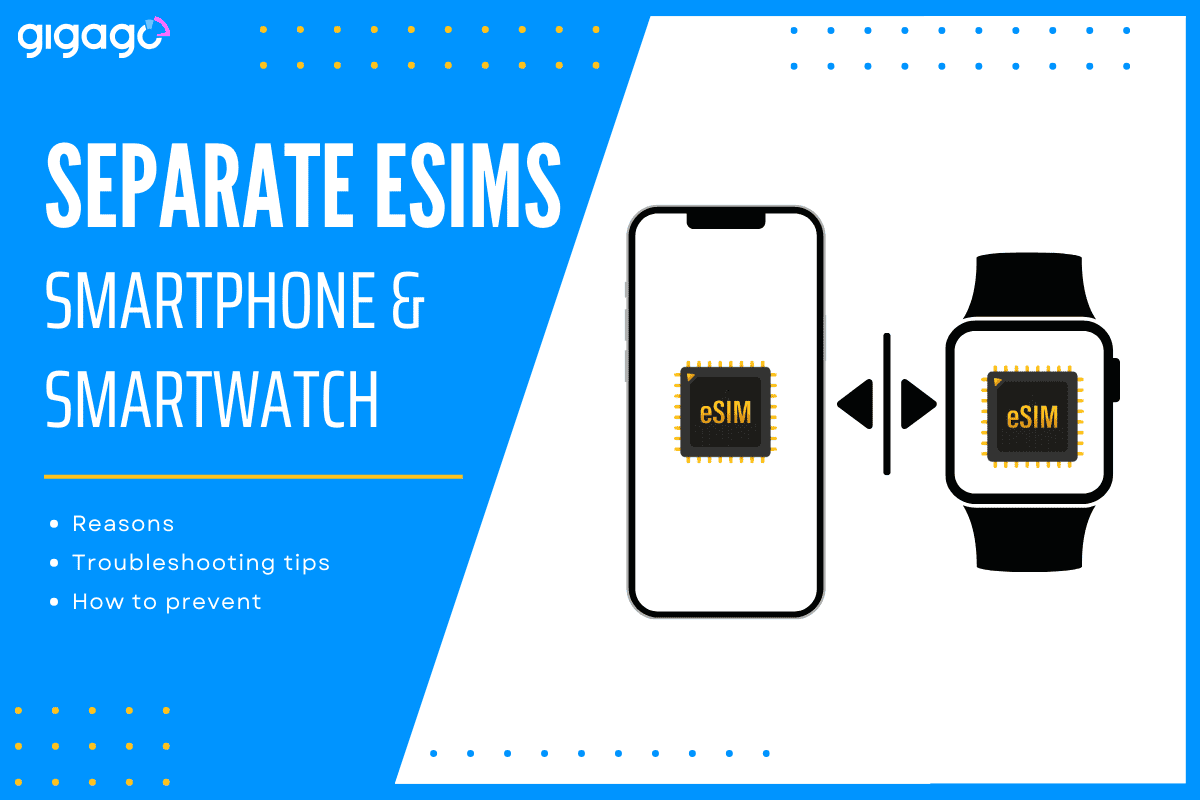
In this article
I. eSIM for Smartphones
Device compatibility: Modern smartphones support dual SIM functionality, enabling users to simultaneously multiple eSIM profiles alongside a physical SIM card for maximum flexibility. Starting with the iPhone 14 series (including iPhone 14, 14 Plus, 14 Pro, and 14 Pro Max), Apple has shifted to eSIM-only models in many markets, eliminating the physical SIM card slot. This transition marks a significant move toward digital SIM technology.
Activation process: For users wanting to switch from a physical SIM to an eSIM with their existing carrier, the process requires contacting their service provider to request an eSIM activation code or QR code for the conversion process.
Benefits: Once your eSIM is activated, you’ll have full access to mobile data services through your eSIM cellular plan, allowing you to use everyday applications including social media platforms, email clients, web browsers, and streaming services.
Services & Features: Call capabilities depend on your eSIM plan and provider. Some plans offer traditional cellular minutes for voice calls, while others may require using internet-based calling applications like WhatsApp, Skype, or other VoIP services.
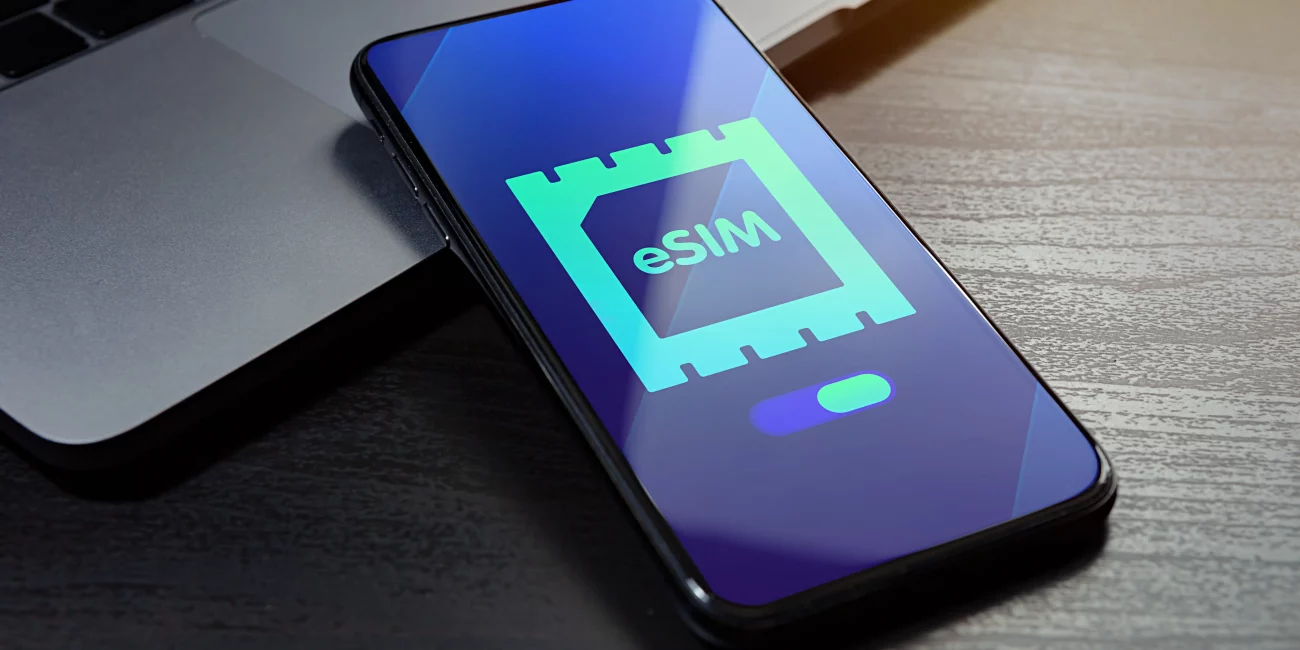
II. eSIM for Smartwatches
Essential requirements: Before investing in a smartwatch, it’s essential to verify two key features: cellular capability support and eSIM compatibility with your chosen carrier.
Benefits: eSIM-enabled smartwatches provide independent cellular connectivity, allowing users to make calls, send texts, and access data without needing a paired smartphone.
Plan structure: Smartwatches typically require their own dedicated eSIM plan, separate from your phone’s eSIM, as they are engineered for autonomous operation rather than just being a phone accessory.
Practical applications: This independent eSIM configuration offers significant practical benefits, particularly during activities like workouts, swimming, or outdoor sports, where carrying a phone would be inconvenient. Users can maintain full connectivity through their watch alone, receiving calls, messages, and notifications while their phone remains safely stored elsewhere.
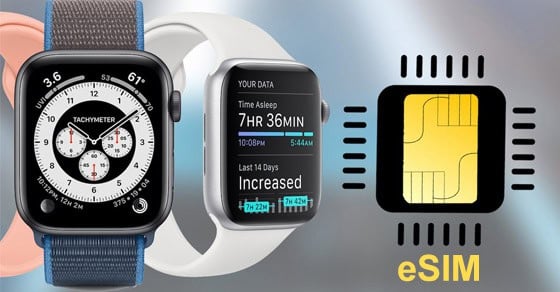
III. Do I need two separate eSIMs for smartphone and smartwatch?
The choice between using one or two separate eSIMs for your phone and smartwatch ultimately depends on your individual needs and preferences.
If you want your smartwatch to function completely independently, a separate eSIM is essential. This setup allows your watch to make calls, send messages, and use data even when your phone isn’t nearby. This option is particularly valuable for activities like workouts, swimming, or situations where carrying a phone is impractical.
For users focused on managing different phone numbers or data plans on their smartphone, utilizing your phone’s Dual SIM capability or sharing an eSIM might be more practical. This approach simplifies plan management and often proves more cost-effective than maintaining separate plans.
Important Notes:
- Consider monthly costs for separate plans
- Check carrier compatibility and bundle options
- Evaluate your typical usage patterns
- Review network coverage requirements
Your final choice should align with your lifestyle, budget, and how you plan to use both devices.
IV. Comparison Between Sharing an eSIM and Using Separate eSIMs
Comparison of eSIM Usage Options
| Feature | Shared eSIM | Separate eSIM |
| Cost | More affordable Single bill | More expensive Multiple bills |
| Management | Easy to monitor One plan to monitor | Multiple accounts Several plans |
| Operation | Needs phone nearby Limited range | Works independently No phone needed |
| Battery | Drains phone battery Constant connection | Individual device power Direct connection |
| Usage | Must carry phone Limited coverage | Freedom to move Works anywhere |
| Best for | Budget users Always carry a phone Basic needs | Active people Sports enthusiasts Business users |
Additional Notes:
- Some carriers offer multi-device discounts
- Check device compatibility
- Coverage may vary
- Setup process differs
► Recommendation: Choose based on your usage needs and budget. Shared eSIM works well for regular users who usually carry their phones. Separate eSIM is better for those needing independence from their phones.
V. FAQs
Can I use the same eSIM for phone and watch?
No, an eSIM can only be activated on one device at a time. While you can use your watch with the same phone number, this requires a separate cellular plan with an additional monthly fee. Your carrier links these devices through their system, allowing calls and messages to reach both devices.
Can I use multiple eSIMs on my phone?
iPhone devices with eSIM capability offer multiple configuration options. These phones can manage several eSIM profiles and operate with two active SIMs simultaneously. Users can choose between different combinations: either using a physical SIM alongside an eSIM, or utilizing two eSIMs at once.
Is eSIM the same number on phone and watch?
Phone and watch use separate eSIMs with different numbers. Your carrier links them together, so calls to your main number ring on both devices. This works with any SIM combination (physical or eSIM) and is managed automatically by your carrier’s network.
